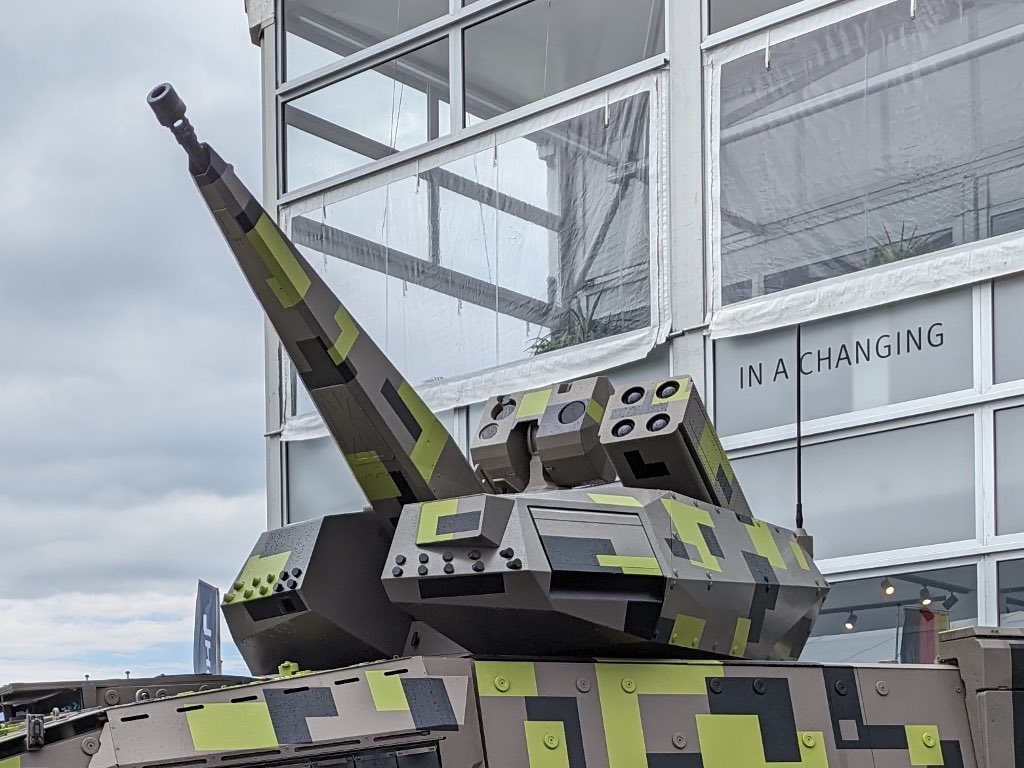


The US defence group has expanded its research into 50 mm and larger calibre ammunition to extend the reach of its ground-based air defence systems. The aim is to give operators more time to intercept drones before they reach critical infrastructure, while avoiding the high cost of firing surface-to-air missiles at low-value aerial targets.
Steve O’Bryan, vice president for global business development, told Reuters that Ukrainian troops “love the [anti-drone] system” but want to “shoot further out.” Northrop’s existing 25 mm and 30 mm Bushmaster cannons can hit targets at roughly three miles, depending on conditions. Engineers believe that moving to 50 mm rounds could extend that range by up to five times, creating a wider defensive perimeter.
The shift reflects hard lessons from the battlefield. Ukraine has repeatedly highlighted the economic imbalance between expensive interceptor missiles and mass-produced drones, many of which cost only a fraction of a single missile. By using guided or proximity-fused projectiles, defenders can neutralise drones more cheaply and in greater numbers.
“This isn’t about replacing high-end systems like Patriot,” O’Bryan said. “It’s about preserving those interceptors for the targets that really demand them.” A layered defence combining missiles, guns and electronic warfare is increasingly seen as essential as drone attacks become more frequent and sophisticated.
Technical challenges remain. Larger ammunition requires heavier platforms, stronger recoil management and new logistics chains. Precision is critical: small drones are difficult targets, and reliability of proximity fuses is essential. Northrop is currently conducting tests to identify the most effective calibre and projectile design.
The programme is part of a wider surge in Western efforts to counter drones, driven by the war in Ukraine and the rapid spread of unmanned aerial systems globally. European and US militaries are reassessing air defence doctrines, with cheaper, more flexible weapons playing a larger role.
If successful, the new rounds could give frontline troops and critical infrastructure an extra layer of protection against drone incursions. They could also influence future procurement decisions as allied militaries seek cost-effective ways to defend against massed aerial threats.
Northrop has not provided a timeline for deployment, but the company’s willingness to adapt to feedback from active combat zones signals a faster, more iterative approach to weapons development — a trend likely to accelerate as drone warfare reshapes the modern battlefield.
Main Image: By Boevaya mashina – Own work, CC BY-SA 3.0 de, https://commons.wikimedia.org/w/index.php?curid=155029151
You must be logged in to post a comment.
Germany’s Fighter Jet Spree Is a Wake-Up Call for Europe’s Complacent Defence